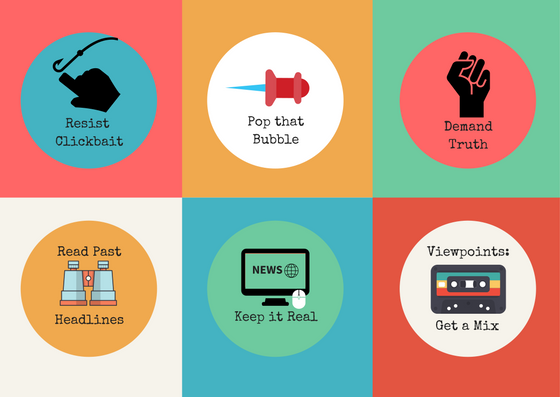by Sarah Pinkelman, English/Writing
 As an English instructor, the current conversations about “fake news” on social media
& news outlets have found their way into my classes. The job of instructing students
on source validity has morphed into a new level of interesting. As a citizen, this
quickly became a can of worms I had to open for my own sanity. As a person who assigns
research papers, I wanted to find a way my students & I could rein in those wiggly
creatures and handle them in a productive, healthy, manure-producing way. Exploring
these issues with students has in turn heartened me. As a teacher in the humanities,
these class discussions have been a boon to my sense of purpose. How we read can indeed
change the world.
As an English instructor, the current conversations about “fake news” on social media
& news outlets have found their way into my classes. The job of instructing students
on source validity has morphed into a new level of interesting. As a citizen, this
quickly became a can of worms I had to open for my own sanity. As a person who assigns
research papers, I wanted to find a way my students & I could rein in those wiggly
creatures and handle them in a productive, healthy, manure-producing way. Exploring
these issues with students has in turn heartened me. As a teacher in the humanities,
these class discussions have been a boon to my sense of purpose. How we read can indeed
change the world.
In the midst of these heady feelings, I found I needed some specific, grounded techniques for approaching news and research in the classroom. I needed an approach that would help us all focus on rhetorical practices, rather than get lost in big feelings about the divisive issues we would be likely to encounter. Here are some methods and resources that have worked for me:
Start with a Student-Centered Approach: Engaging the students to write about their own observations about political discussions they had read really helped open a neutral place. I was very clear that we would not get into political opinions for this exercise. Instead, we wrote an observational piece in class, describing what we noticed about methods of argument online—what do you see? Do you see repeated trends? What bothers you about what you noticed? And so on.
Identify the Problem: After we wrote, we shared what we’d written and looked for commonality. This lead to the students themselves identifying the problem—their stories reflected abundant internet "shouting matches" and crazy sources their aunts and uncles would share to justify their views across the political spectrum. This provided a good follow-up: See Bernie Sanders Could Replace President Trump With Little-Known Loophole. It targets the habit of posting or using an article that we haven't even read. Much of the public shared the article thinking it was a legitimate piece of news last fall.
Establish Ethical Guidelines Together: Together, we could then talk about what we believed would be best practices for our work together. We could set up standards for discussion, written and verbal for our classroom.
Put Students in the Detective Seat: We looked closely at some of the crazier sites that pretend legitimacy, and students described what they saw, using prompts like: does the headline even match the title/capitalization you require for their own papers? What about the graphics and type styles? Is there extreme vocabulary like "destroys" or are some words in all caps? My students had a lot of fun with this, and they looked at stories in a completely different way.
Use the Great Resources Available: There are some great aids for you and your students:
- Our own library has done a fabulous job tackling these issues! WCC librarians Martha Stuit, Amy Lee, and Meghan Rose have recently published a News Literacy libguide on the library website that tackles, among other things, how Google search works. Library staff are also offering a 10-15 minute presentation in your classroom on news literacy issues. If that interests you, fill out the normal Library Instruction Research Request form and put a request for this specific service in the comments field.
- This post, written by Jay Rosen, a New York University Journalism professor, is a great example on evidence-based versus accusation-driven reporting and provides fodder for in-class exercises.
- This oft-referenced Google doc by Melissa Zimdars, a Communications professor in MA, might help you generate your own sources for the above work and identify what issues to discuss.
- The School Library Journal also has a fabulous toolkit.
Work on Categorizing: Naming is power. Discuss different categories: bias, fake, conspiracy, propaganda clickbait, left or right leaning, credible, etc., and identify which categories work for your classroom assignments.
Discuss authority of Voice: This is particularly applicable to ENG 226, Introduction to Argumentation. We discuss students’ own ethos as well as that of resources we try and sift through. How do we gauge persuasive voices and the level of authority and trustworthiness?
- I found this The Nation article on ideologues helpful in finding language to discuss propaganda and voice. It makes a particularly strong point about voices that "make no pretense of thoughtfully weighing the pros and cons of the issues they discuss, and never—ever—acknowledge that the other side could have a point."
Finally, exploring issues of credibility in news sources is a difficult task. As teachers, we often face rooms with a combination of fearful students, defensive students and students who don't know what to think about the voices of authority out there. I am constantly amazed, however, that when we provide them with guided discussions and safe limits, our students’ voices can teach us about our own reading of the world in enriching ways.
